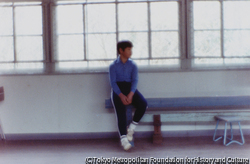
- Collection of
- Tokyo Photographic Art Museum
- Series title
- Brilliant Scenes
- Title
- Artist Name
- UEDA Shoji
- Material / Technique
- Chromogenic print
- Dimensions
- 195x296mm
- Accession number
- 10100347
- Tokyo Photographic Art Museum “Search the Collection”
- https://collection.topmuseum.jp/Publish/detailPage/10252/
About the creator
植田正治 / UEDA Shōji
from Art Platform Japan: https://artplatform.go.jp/resources/collections/artists/A1127
- Date of birth
- 1913-03-27
- Birth place
- Saihaku District, Tottori Prefecture
- Date of death
- 2000-07-04
- Death place
- Yonago City, Tottori Prefecture
- Medium
- Photography
- Gender
- male
- Update date
- 2023-02-14
Identifiers
- APJ ID
- A1127
- VIAF ID
- 96366235
- NDL ID
- 00087813
- ULAN ID
- 500093482
- AOW ID
- _00604379
- Wikidata ID
- Q3107892
Other items of Tokyo Photographic Art Museum (40725)

(Yokohama Album) SHIMONO SAWA(TEA HOUSE) AND FIRE BELL AT NAKASENDO.
KUSAKABE Kinbee
Tokyo Photographic Art Museum
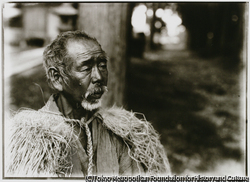
Sado Island "Art Photo" was written on the picture of farmer, Jinzo Suzuki to show it was a favorite.
KONDO Tomio
Tokyo Photographic Art Museum
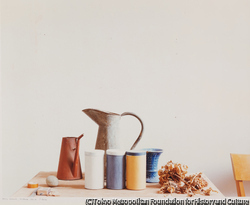
Atelier Morandi
GHIRRI, Luigi
Tokyo Photographic Art Museum
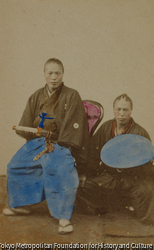
Photo Album of Japanese People
Photographer unknown
Tokyo Photographic Art Museum
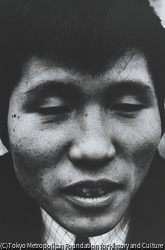
Young People
AKIYAMA Tadasuke / SATO Haruo
Tokyo Photographic Art Museum
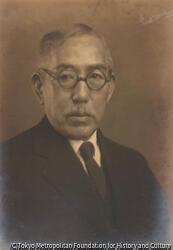
(Portrait of man)
IDE Denjiro
Tokyo Photographic Art Museum
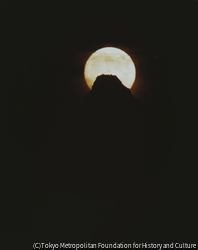
Moon Ascending over Mt. Yarigatake, from Mt. Momisawadake
TABUCHI Yukio
Tokyo Photographic Art Museum

DILLON BRONSON JAPAN 1889 Priests
Photographer unknown
Tokyo Photographic Art Museum
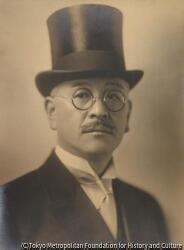
Gentleman with a Bowler Hat
KONO Ryutaro
Tokyo Photographic Art Museum
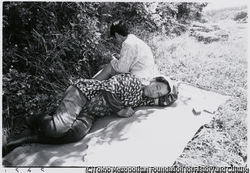
Sanrizuka Taking a Nap
KITAI Kazuo
Tokyo Photographic Art Museum
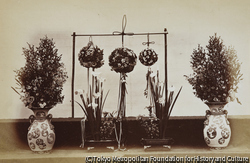
Album of Paris Universal Exhibition Artificial flowers and Kusudama
YOKOYAMA Matsusaburo
Tokyo Photographic Art Museum
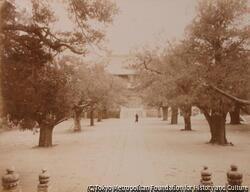
Temple of Confucius Hall of Great Achievement (No. 66)
YAMAMOTO Sanshichiro
Tokyo Photographic Art Museum
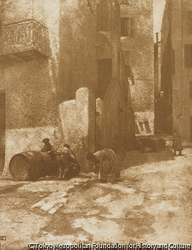
CAMERA NOTES A STREET IN MENTONE.
DEMACHY, Robert
Tokyo Photographic Art Museum

A Map of The East A chrysanthemum garden, Cheng-tu, 1984
RUBINFIEN, Leo
Tokyo Photographic Art Museum

Holiday in Port B
AMANO Ryuichi
Tokyo Photographic Art Museum
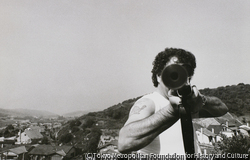
(I shoot America)
KANESAKA Kenji
Tokyo Photographic Art Museum

